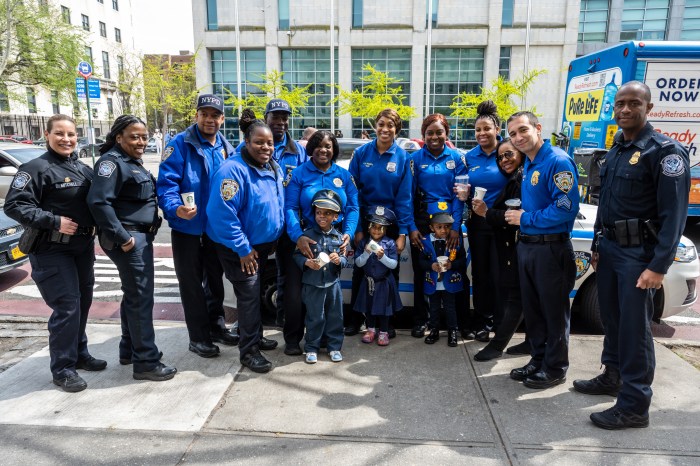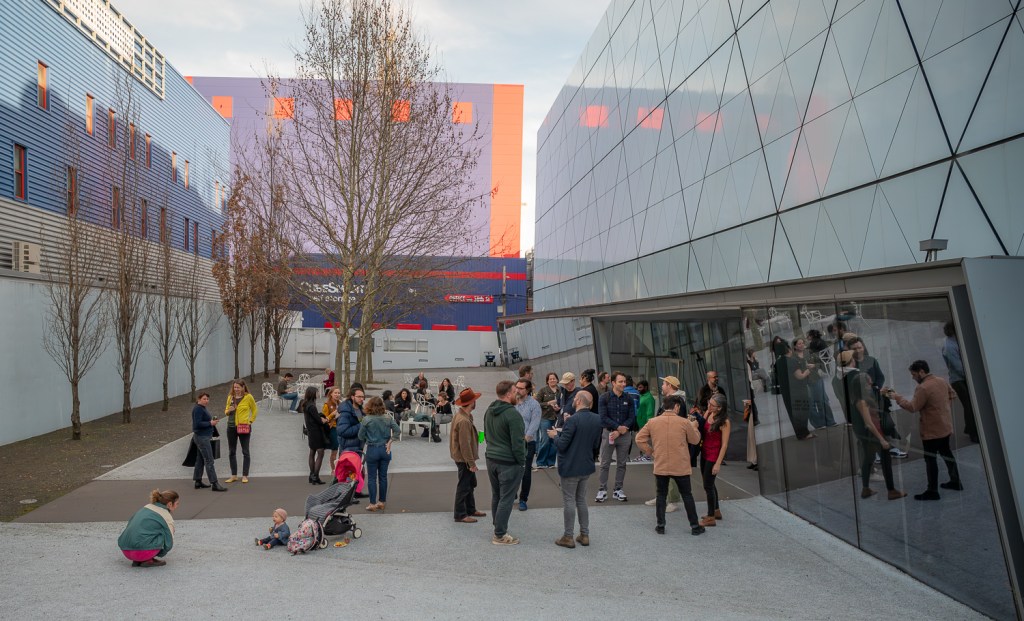A major national health survey is calling for the help of Queens residents.
Officials said the borough was tapped to participate in the National Health and Nutrition Examination Survey (NHANES), which studies health trends throughout the country — including hypertension, diabetes and obesity.
“People who participate provide us with a knowledge base of what conditions are more prevalent in the country and how that changes over time. It enables us to see if certain trends are going up or going down,” said Jeff Lancashire, spokesperson for the National Center for Health Statistics. “Since it’s based on examination data, it’s considered more of a valuable and accurate health profile of the country than just straight interviews.”
Lancashire said a survey conducted in the 1970s found high levels of lead in the blood of over 70 percent of the country’s population. Eventually, he said, it led to the removal of lead in paint and gasoline. Further follow-up studies afterward showed “virtually wiped out” lead levels, Lancashire said.
High cholesterol levels, discovered during surveys in the 1960s and 1970s, also led to dietary changes across the nation, Lancashire said.
“That level has now dropped from a national standpoint,” he said.
The survey extends to 15 different locations throughout the United States on an ongoing basis, Lancashire said, reaching up to 6,000 people a year. Though counties are chosen through a random draw, he said Queens was picked partly due to its diverse population.
Lancashire said a few hundred residents in Queens will be contacted — from April through June — based on a random sampling from the most recent Census. If selected, they will receive a letter in the mail and a follow-up phone call.
The elected volunteers will first be asked to answer a health interview questionnaire before participating in a comprehensive physical at one of the agency’s mobile examination sites, officials said.
NHANES has been around for 50 years, Lancashire said, and it has already made two stops in New York. Manhattan and Brooklyn residents participated in a survey conducted several years ago, he said.

































